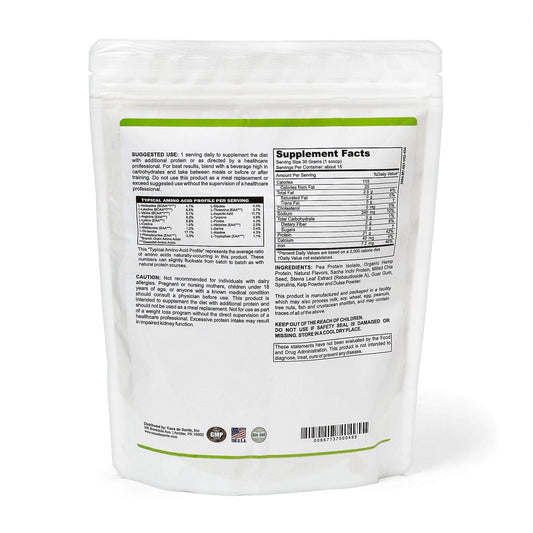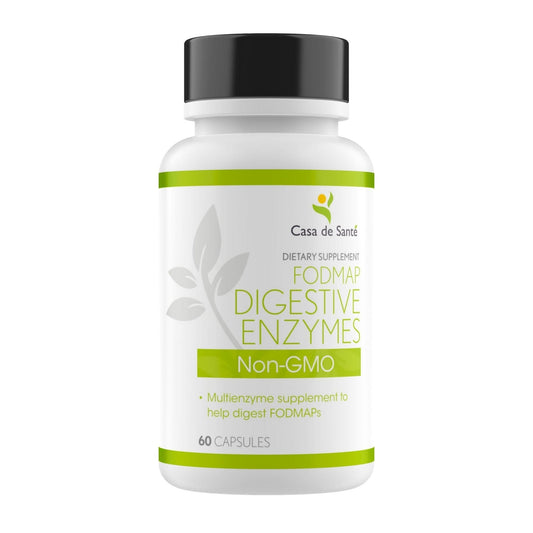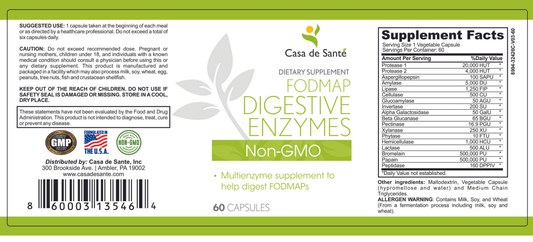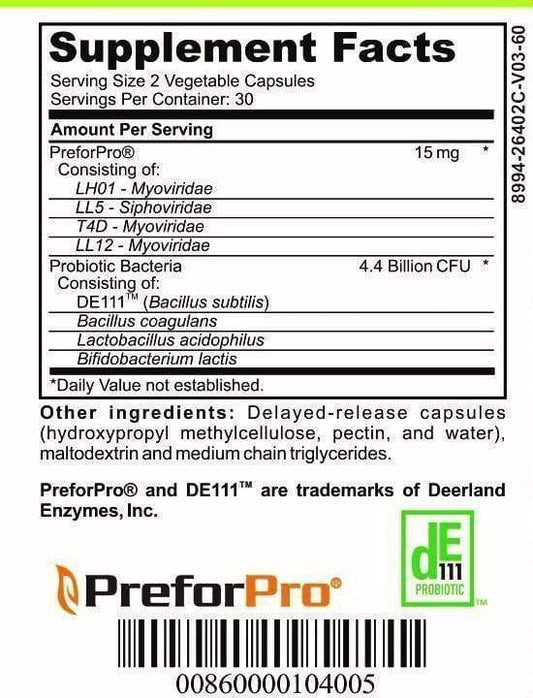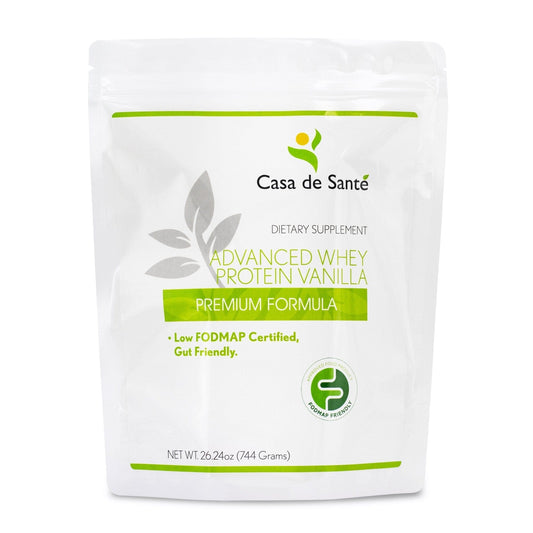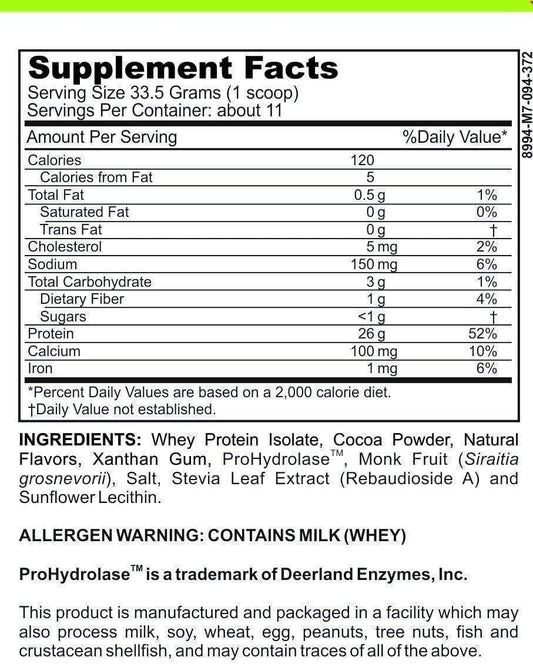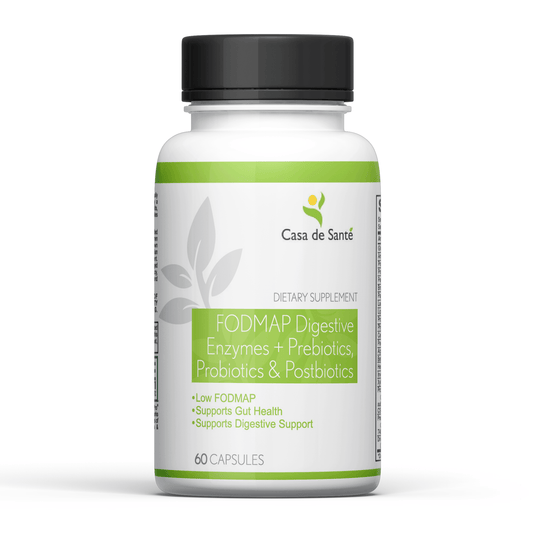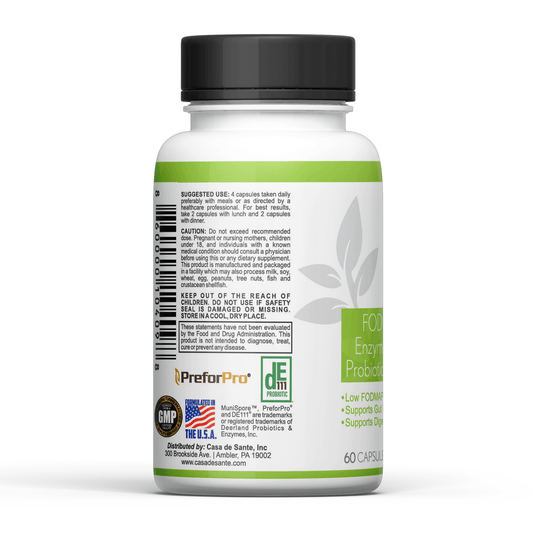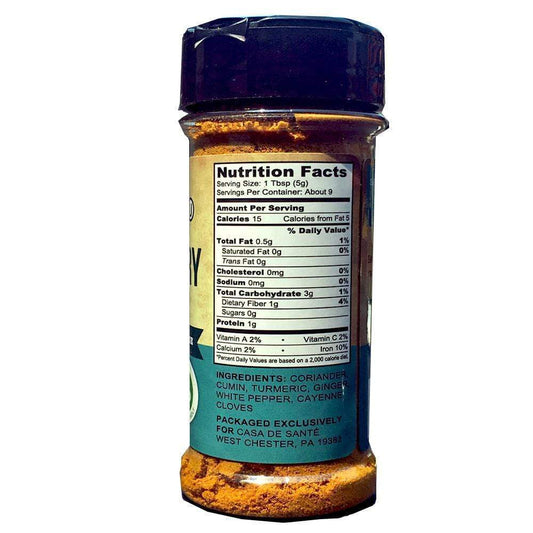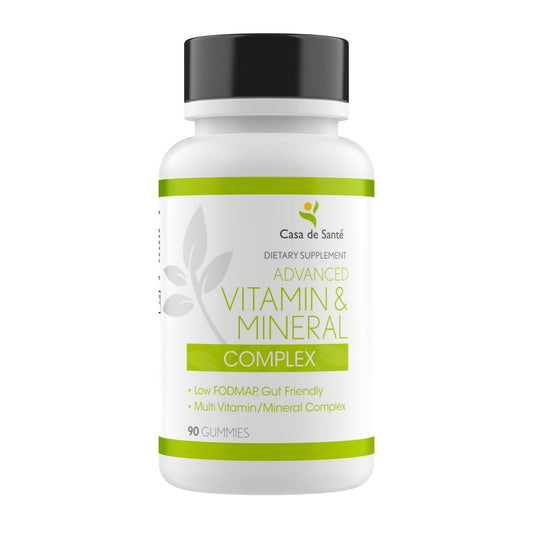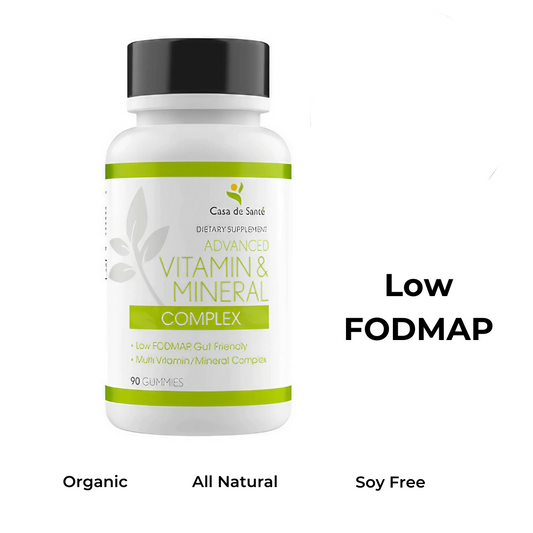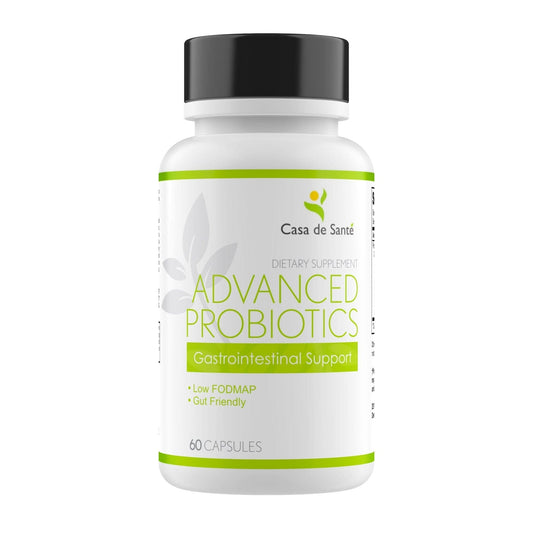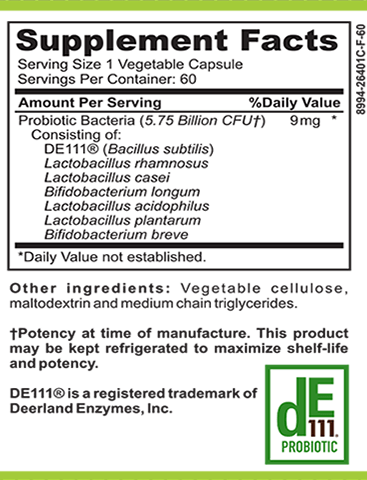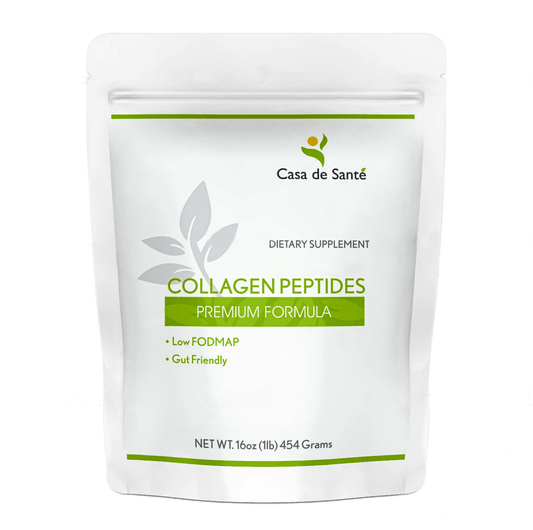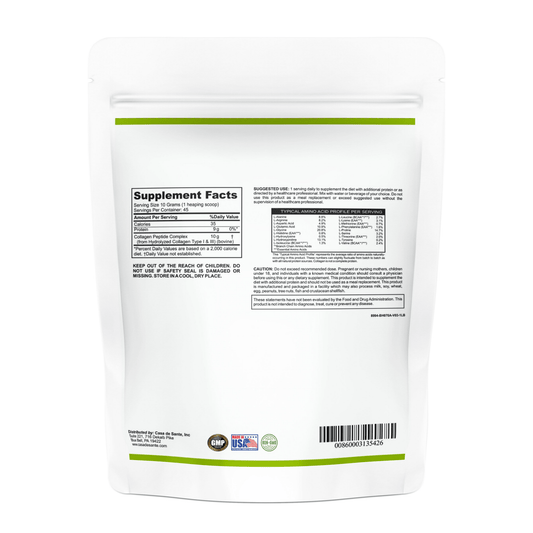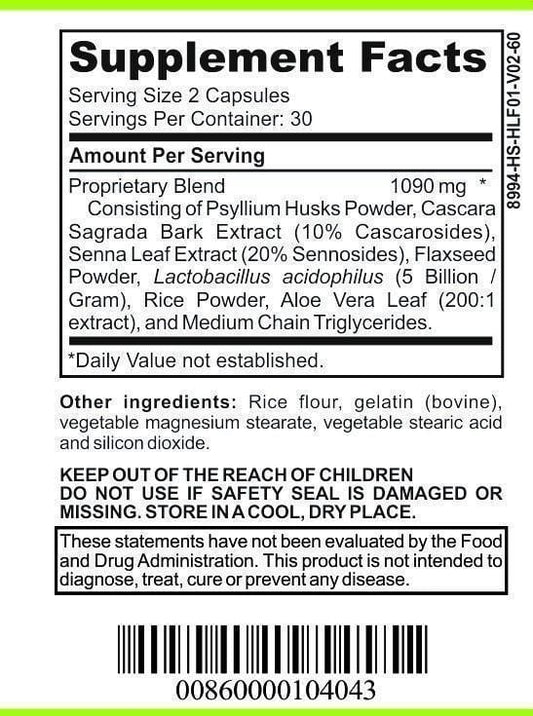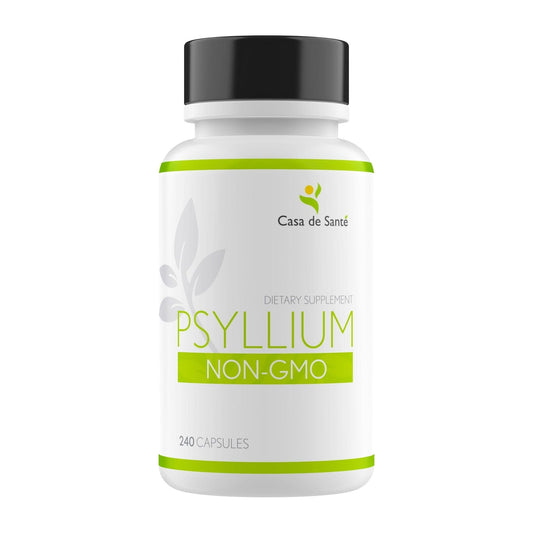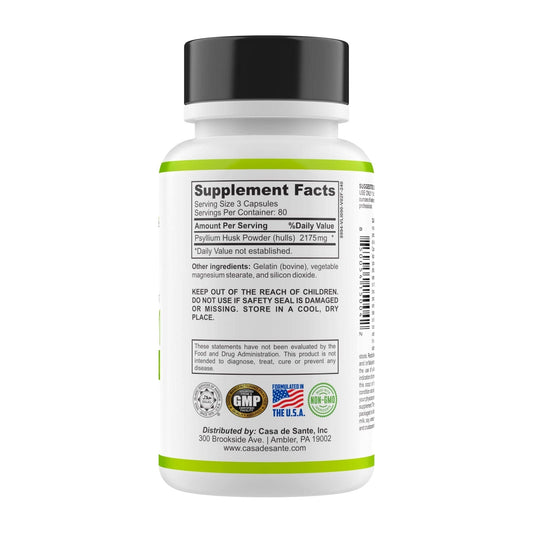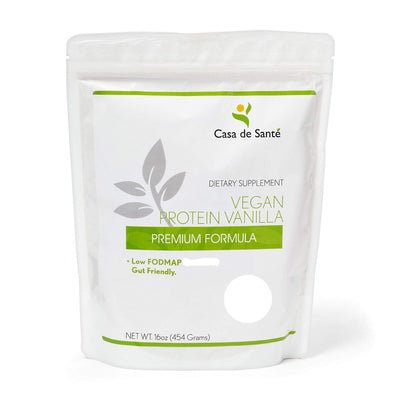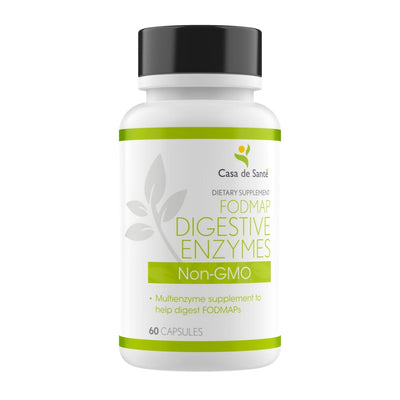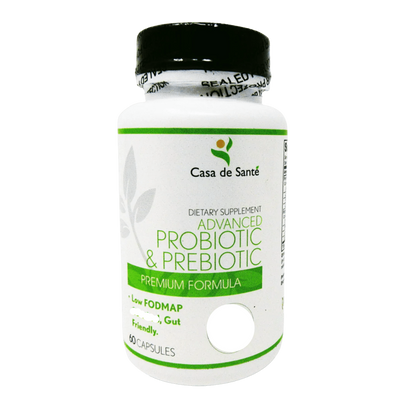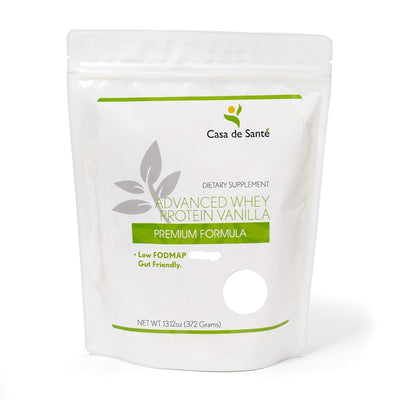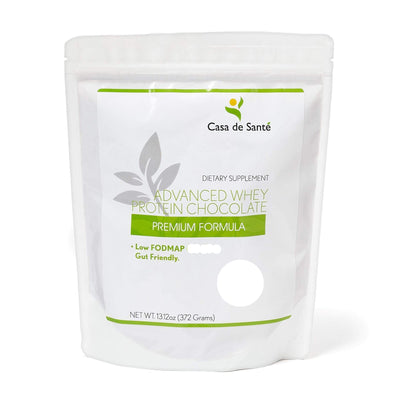Can Almond Milk Replace Milk in Cooking?
Can Almond Milk Replace Milk in Cooking?
Almond milk has become a popular dairy alternative for those with lactose intolerance or dairy allergies, as well as those following a plant-based diet. But can almond milk truly replace traditional cow's milk in cooking? In this article, we will explore the basics of almond milk, compare its nutritional value to cow's milk, discuss its role in cooking, examine how it can be substituted for dairy milk in recipes, address potential challenges and solutions when using it, and provide expert opinions on its use in the kitchen.
Understanding the Basics of Almond Milk
Almond milk is a non-dairy milk made from ground almonds and water. It has a smooth texture, mild nutty flavor, and is naturally lactose-free and cholesterol-free. Almond milk is a suitable substitute for those who cannot consume dairy products due to lactose intolerance or milk allergies. It is also a popular choice among vegans and individuals looking to reduce their consumption of animal products.
But let's dive deeper into the world of almond milk and explore its origins, production process, and nutritional benefits.
What is Almond Milk?
Almond milk is made by soaking almonds in water and then blending and straining the mixture to remove the solids. The resulting liquid is the almond milk, which can be purchased commercially or made at home.
The history of almond milk dates back to ancient times. It is believed that almond milk was first made in the Middle East, where almonds were abundant. Over the years, the popularity of almond milk spread to different parts of the world, and today it is enjoyed by people of various cultures and dietary preferences.
When making almond milk at home, the process involves soaking the almonds overnight to soften them. This soaking not only helps in the blending process but also aids in the release of nutrients from the almonds. After blending, the mixture is strained through a cheesecloth or a nut milk bag to separate the liquid from the almond pulp.
Commercially produced almond milk often undergoes additional steps to enhance its flavor and texture. Some brands may add sweeteners, such as cane sugar or vanilla extract, to make it more appealing to consumers. Others may fortify the milk with vitamins and minerals to increase its nutritional value.
Nutritional Comparison: Almond Milk vs. Cow's Milk
While almond milk may not have the same nutritional profile as cow's milk, it does offer certain benefits. Almond milk is typically low in calories and fat. It is also a good source of vitamin E and contains no saturated fat or cholesterol. However, cow's milk is higher in protein, calcium, and other essential nutrients that are important for bone health.
When it comes to choosing between almond milk and cow's milk, it ultimately depends on an individual's dietary needs and preferences. For those who are lactose intolerant or have milk allergies, almond milk provides a suitable alternative that is both nutritious and delicious. Additionally, almond milk's lower calorie and fat content make it an attractive option for individuals looking to manage their weight or reduce their intake of saturated fats.
However, it is important to note that if someone relies solely on almond milk as their primary source of nutrition, they may need to consider other sources of protein and calcium to ensure they meet their daily requirements. Incorporating a variety of plant-based proteins and calcium-rich foods into their diet can help bridge this nutritional gap.
Overall, almond milk is a versatile and tasty non-dairy milk option that offers a range of benefits. Whether you enjoy it in your morning coffee, use it as a base for smoothies, or simply enjoy it on its own, almond milk is a delicious way to incorporate plant-based alternatives into your diet.
The Role of Milk in Cooking
Milk plays a crucial role in cooking, adding moisture, flavor, and texture to many recipes. It acts as a binder in baked goods, provides creaminess in sauces and soups, and enhances the richness of dishes like custards and puddings. The protein and fat content in cow's milk contribute to the browning and caramelization of baked goods, giving them a golden crust and a tender interior.
The Science Behind Cooking with Milk
In baked goods, the proteins in milk form a network that traps air bubbles, resulting in a light and fluffy texture. The fat in milk adds richness and tenderness to cakes and cookies. In savory dishes, milk can help balance flavors and create a creamy consistency.
Common Uses of Milk in Recipes
Milk is a versatile ingredient that is used in numerous recipes across different cuisines. It is commonly used in baking to make cakes, cookies, muffins, and breads tender and moist. Milk also forms the base for creamy sauces, such as béchamel and Alfredo sauce, and adds richness and creaminess to mashed potatoes and macaroni and cheese.
When it comes to baking, milk is not just a simple liquid ingredient. It is a powerhouse that brings a multitude of benefits to the final product. The proteins in milk, such as casein and whey, play a crucial role in the structure and texture of baked goods. When combined with flour and leavening agents, these proteins form a network that traps air bubbles during the baking process. This network gives rise to a light and airy texture, making cakes and muffins fluffy and tender.
But it's not just the proteins that make milk an essential ingredient in baking. The fat content in milk also contributes to the overall texture and flavor of baked goods. The fat acts as a tenderizer, making the final product moist and preventing it from becoming dry and crumbly. It also adds richness and depth of flavor, enhancing the taste of cakes, cookies, and breads.
When it comes to savory dishes, milk is often used to create creamy and luscious sauces. One of the most well-known sauces made with milk is béchamel sauce. This classic French sauce is made by combining butter, flour, and milk, resulting in a velvety smooth sauce that forms the base for many other sauces, such as cheese sauce and Mornay sauce.
Milk is also a key ingredient in mashed potatoes, giving them a creamy and silky texture. The starches in potatoes absorb the liquid from the milk, creating a smooth and velvety consistency. Additionally, milk is frequently used in macaroni and cheese recipes to create a rich and cheesy sauce that coats the pasta perfectly.
Across different cuisines, milk is utilized in various ways to enhance the flavors and textures of dishes. In Indian cuisine, milk is often used to make paneer, a fresh cheese that is commonly added to curries and other savory dishes. In Italian cuisine, milk is an essential component of tiramisu, a popular dessert made with layers of ladyfingers soaked in coffee and a creamy mixture of mascarpone cheese, eggs, and sugar.
Overall, milk is a versatile ingredient that brings a multitude of benefits to cooking. Whether it's creating light and fluffy baked goods or adding creaminess to savory dishes, milk plays a crucial role in elevating the taste and texture of a wide range of recipes.
Substituting Almond Milk for Dairy Milk in Cooking
If you're looking to replace dairy milk with almond milk in your recipes, it's important to understand how they differ and how this substitution could affect the outcome of your dish. While almond milk can be used as a substitute in many recipes, there are certain considerations to keep in mind.
How to Use Almond Milk in Baking
When using almond milk in baking, it is essential to account for its thinner consistency compared to cow's milk. The lack of fat and protein in almond milk may affect the texture and structure of baked goods. To compensate, you can add additional fat, such as melted coconut oil or vegan butter, or incorporate a binding agent like ground flaxseeds or chia seeds. It's also advisable to reduce the oven temperature slightly and increase the baking time to prevent over-browning.
Using Almond Milk in Savory Dishes
Almond milk can be used as a substitute for dairy milk in savory dishes, such as soups, stews, and sauces. However, it is important to note that almond milk has a subtle nutty flavor that may alter the taste of the final dish. Consider this flavor profile when deciding whether to use it in a particular recipe. In some cases, the taste of almond milk may complement the dish, while in others, it may not be desired.
Potential Challenges and Solutions When Cooking with Almond Milk
Using almond milk in place of cow's milk may present some challenges in certain recipes. Fortunately, there are solutions to overcome these obstacles and achieve satisfactory results.
Adjusting for Sweetness and Thickness
Almond milk often has a slightly sweeter taste compared to cow's milk. When using it in savory recipes, be mindful of this natural sweetness and consider adjusting the seasonings accordingly. Additionally, if a recipe calls for a thickening agent, such as flour or cornstarch, you may need to use slightly more when using almond milk, as it is thinner in consistency.
Dealing with Possible Texture Changes
The lower fat content in almond milk can lead to texture changes in some dishes. For example, when making creamy sauces or custards, the lack of fat may result in a thinner consistency. To address this, you can add a small amount of cornstarch or arrowroot powder as a thickening agent or use a combination of almond milk and coconut cream for added richness and thickness.
Expert Opinions on Using Almond Milk as a Substitute
As almond milk gains popularity, experts in the culinary and nutrition fields have shared their insights on its use in cooking.
Chef's Tips for Cooking with Almond Milk
Professional chefs suggest experimenting with almond milk in a variety of dishes to find the best applications for its unique qualities. They recommend using it in recipes where its natural sweetness and nutty flavor can enhance the overall taste. It is also important to consider the texture and volume adjustments required when substituting almond milk for dairy milk in baking.
Nutritionist's View on Almond Milk as a Dairy Substitute
Many nutritionists see almond milk as a healthy alternative to cow's milk, particularly for those with lactose intolerance or dietary restrictions. They emphasize the importance of choosing unsweetened and fortified almond milk to ensure an adequate intake of nutrients, such as calcium and vitamin D, which are typically lower in almond milk compared to cow's milk.
In conclusion, almond milk can indeed replace milk in cooking, with some considerations and adjustments. Its unique qualities make it suitable for a variety of recipes, both sweet and savory. By understanding the basics of almond milk, its nutritional profile, and implementing expert advice, you can confidently incorporate almond milk into your cooking repertoire, whether you have dietary restrictions or are simply looking for a flavorful and plant-based alternative to dairy milk.


